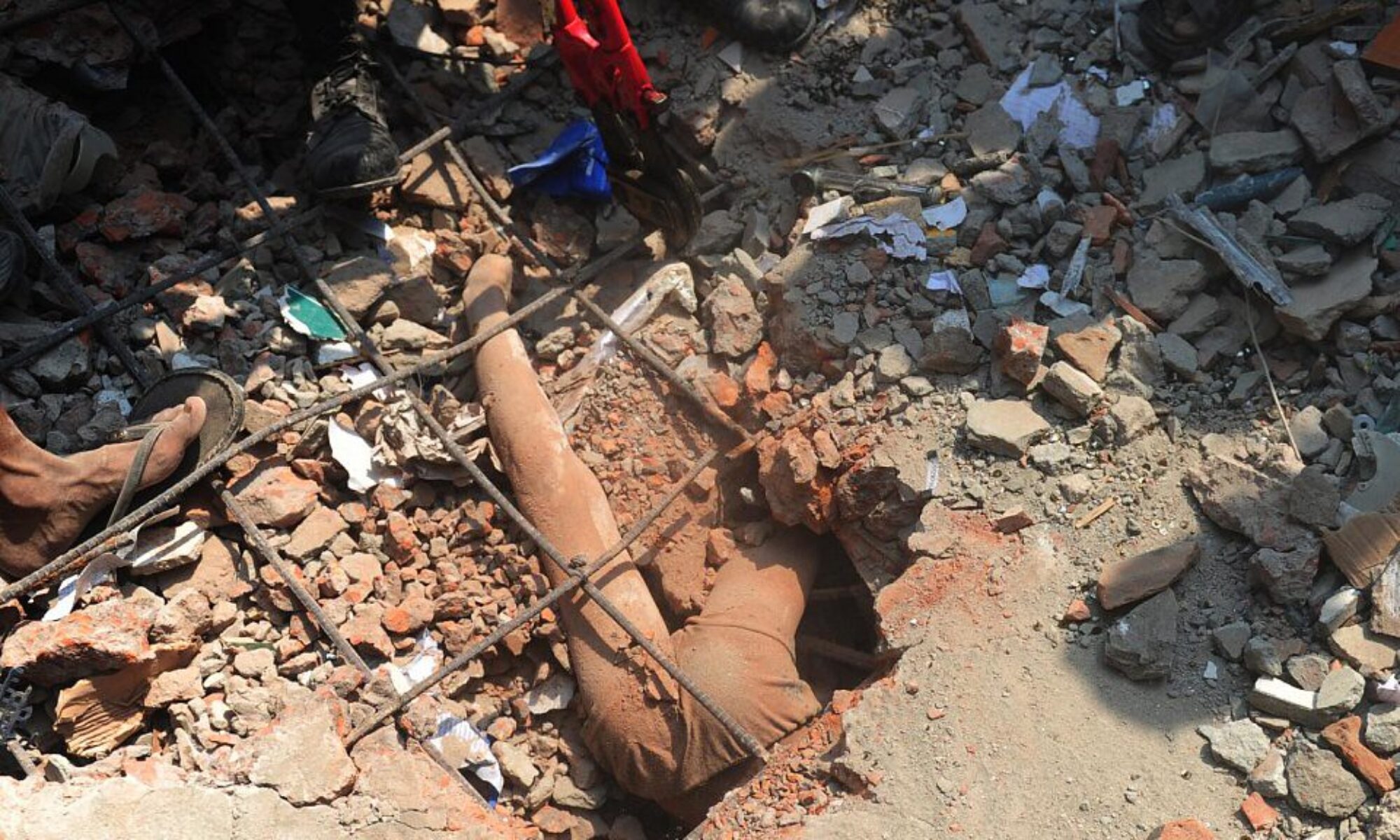The fat fashion industry has seen enormous growth since the establishment of Zara in 1975 (Forbes, 2021). In fact, the revenue generated by fast fashion increased by 21 billion dollars from 2009 to 2019 alone (Statista Research Department, 2021). However, with this increase, there has been an increase in disasters within the factories responsible for making garments.

In 1975, the first Zara store opened (Forbes 2021). Other fast fashion stores like Forever 21 and Shein quickly followed suit, with Forever 21 opening in 1984 and Shein opening in 2008 (Forbes, 2021).
Since the opening of these fast fashion stores that value quick production time, cheap labor, and affordable clothing, several incidents of unsafe working conditions have lead to factory fires and collapses.
In 2010, The Ha-Meem garment factory caught fire, killing at least 20 garment workers (Manik and Bajaj, 2010). Fast fashion is Bangladesh’s largest industry, so the factory opened again a mere week after the incident.
Disaster struck again in 2012 with another factory fire in Pakistan. In this incident, the factory owner had locked all of the doors to prevent garment workers from leaving early (Rehman et al., 2012). This resulted in the factory workers being unable to escape when the factory caught fire.
Again in 2012, the Tazreen Factory in Bangladesh caught fire, killing 112 garment workers (Manik and Yardley, 2012). Reports indicate that garment workers were required to stay at their stations even after the fire alarm sounded.
In 2013, the biggest tragedy to strike fast fashion occurred: the Rana Plaza factory collapse. Cracks were spotted on the building the day before the incident occurred, but the factory owner insisted that garment workers got to work the next day anyway. This resulted in more than 1000 deaths when the factory collapsed (Burke et al., 2013).
Despite the massive tragedy that occurred at Rana Plaza, disasters in fast fashion still persisted. In July of 2021, the New York Times reported on another factory fire in Bangladesh (Hasnat and Schmall, 2021). This factory produced food and garments, and reports suggest that an illegally locked door trapped the workers inside. (The Guardian, 2021).
Sources
Statista Research Department. 2021. Fast fashion market value forecast worldwide in 2009 and 2019, with a forecast for 2029 (in billion U.S. dollars).
Bangladesh Factory Fire Kills at least 52. 2021. The Guardian.
Manik, J., and Yardley, J. 2012. Bangladesh Finds Gross Negligence in Factory Fire. The New York Times.
Manik, J., and Bajaj, V. 2010. Bangladesh Factory Fire Kills at Least 20. The New York Times.
Zara. 2021. Forbes.
Shein. 2021. Forbes.
Burke, J. 2013. The Shirt on Your Back. The Guardian
